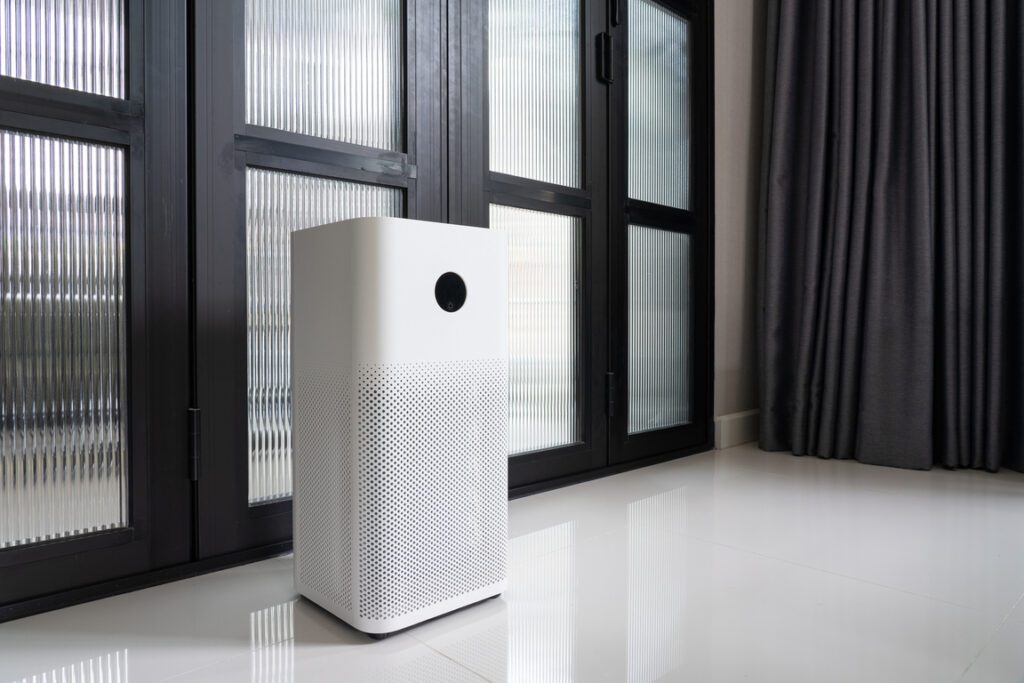In the quest for a healthier and more comfortable living environment, air purifiers have emerged as silent heroes. These sleek appliances work diligently to ensure that the air we breathe indoors is as pure as the mountain breeze. Whether one is a seasoned air purifier user or a newbie considering adding it to their home, this blog will cover all the essentials an individual needs to know about air purifier usage.
Understanding the Basics
Air purifiers are ingenious devices designed to improve indoor air quality by removing contaminants such as dust, allergens, pet dander, smoke particles, and even some bacteria. They draw in air, pass it through a series of filters, and then release clean, purified air back into the room.
Choosing the Right Type
Before diving into usage, selecting the right type of air purifier for one’s needs is crucial. Several types are available, including HEPA (High-Efficiency Particulate Air) filters, activated carbon filters, UV-C purifiers, and more. Consider concerns like allergies, pet odors, or general air quality, and choose a purifier with the appropriate filtration technology.
Placement Matters
Once the air purifier selection is done, proper placement is key. Place it in a central location, away from walls and furniture that might obstruct airflow. Avoid placing it near open windows or doors for maximum effectiveness, as this could bring in more pollutants from outside.
Understanding CADR
Clean Air Delivery Rate (CADR) measures an air purifier’s efficiency in removing pollutants from the air. When purchasing an air purifier, check its CADR rating for different particle sizes. A higher CADR indicates better performance. Match the CADR to the size of the room for optimal results.
Maintenance Is a Must
Like any appliance, air purifiers require regular maintenance to perform at their best. This usually involves cleaning or replacing filters. HEPA filters, for instance, should be replaced every 6 to 12 months, while pre-filters might need cleaning every three months. Following the manufacturer’s maintenance recommendations will ensure that the purifier operates effectively.
Background Noise and Energy Consumption
Air purifiers vary in terms of noise levels and energy consumption. If one is sensitive to background noise, look for purifiers with low decibel ratings. Consider models with Energy Star certification for energy efficiency, which consume less power without compromising performance.
A Complement, Not a Substitute
While air purifiers are fantastic for enhancing indoor air quality, they shouldn’t be considered a replacement for good ventilation practices. Opening windows periodically to let in fresh air is essential, especially in well-insulated spaces.
Keep Realistic Expectations
Air purifiers can work wonders in reducing airborne particles, but they might not be a miracle cure for all respiratory issues. While they can significantly improve air quality, individuals with severe allergies or health conditions should consult a medical professional for a comprehensive approach.


